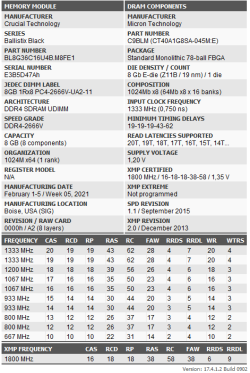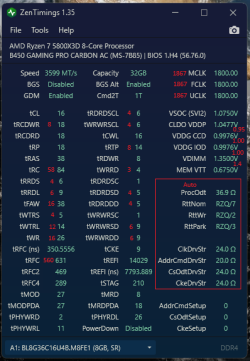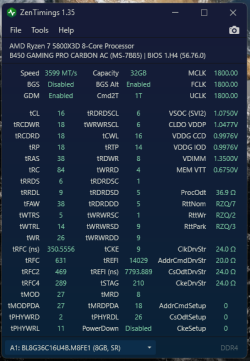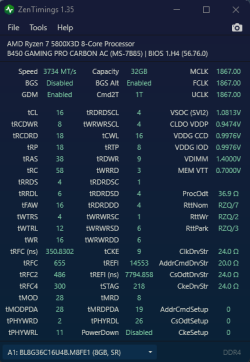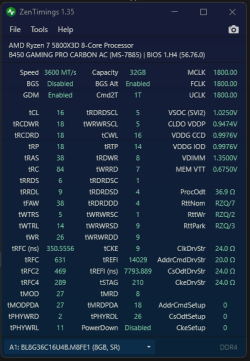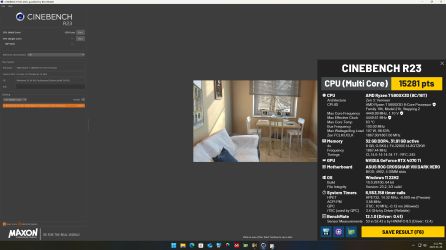Just trying to catch the low hanging fruit here. If any of these settings isnt worth the hassle or if some is obviously "wrong", please tell.
MSI B450 GAMING PRO CARBON AC - AGESA ComboAM4v2PI 1.2.0.Cc
5800X3D with Pearless Assassin 120
4x8GB SR Crucial Ballistix DDR4 3600 16-18-18-38
PowerColor RX 7800 XT Hellhound/Red Devil (@1100mV, core@stock, mem@2514, power +15%)
Attaches pictures of
XMP profile 1 stock -
XMP profile 2 stock - (This seems to change SoC and VDDP voltages for some reason)
XMP profile 1 changes - Settings with red numbers is changed, except for tRFC, when set to 560 system didn't boot and needed a cmos reset. Everything else is set to AUTO.
XMP profile 1 tuned - Reported timings from Zentimings
mem.png - Thaiphoon burner reported memstick specs.
Curve optimizer -30 (preferred cores -25)
C-states - Enabled
CPPC - Enabled
CPPC Preferred - Disabled
SVM mode - Disabled
It was a while I looked into this and it seems that later AGESA versions have higher coreclocks voltages?
MSI B450 GAMING PRO CARBON AC - AGESA ComboAM4v2PI 1.2.0.Cc
5800X3D with Pearless Assassin 120
4x8GB SR Crucial Ballistix DDR4 3600 16-18-18-38
PowerColor RX 7800 XT Hellhound/Red Devil (@1100mV, core@stock, mem@2514, power +15%)
Attaches pictures of
XMP profile 1 stock -
XMP profile 2 stock - (This seems to change SoC and VDDP voltages for some reason)
XMP profile 1 changes - Settings with red numbers is changed, except for tRFC, when set to 560 system didn't boot and needed a cmos reset. Everything else is set to AUTO.
XMP profile 1 tuned - Reported timings from Zentimings
mem.png - Thaiphoon burner reported memstick specs.
Curve optimizer -30 (preferred cores -25)
C-states - Enabled
CPPC - Enabled
CPPC Preferred - Disabled
SVM mode - Disabled
It was a while I looked into this and it seems that later AGESA versions have higher core
Attachments
Last edited:

